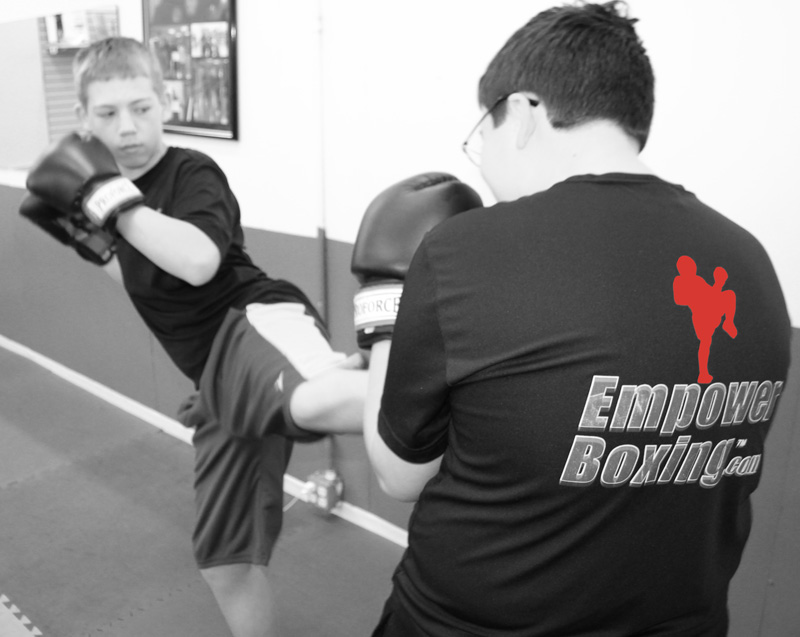Phase Three: Navigating the Road to Black Belt
Phase Three encompasses the latter years leading up to the black belt test—typically years three through five of a student's training. At this juncture, students are not only physically more capable but also more attuned to the nuances of martial arts, making them ripe for more intensive training.
Intensifying Training with Purpose
With a solid foundation laid in the earlier phases, now is the time to challenge students further. This means escalating the physical rigor of classes and sharpening the technical execution of each move.
Students should have mastered the basics, allowing you, the instructor, to focus on refining their form and introducing more complex combinations and strategies.
Balancing the Physical with the Psychological
It's crucial to maintain an equilibrium between physical demands and psychological resilience. The focus should shift towards mental toughness, where students learn to manage fatigue, overcome barriers, and push through their perceived limits.
This period is less about relentless physical challenge and more about cultivating a mindset that equates to the black belt attitude—perseverance, integrity, and indomitable spirit.
Creating Real-World Scenarios
Prepare students for real-life confrontations by simulating high-pressure scenarios that might occur outside the dojo.
This involves sparring sessions that mimic real conflict, including exhaustion and dealing with multiple attackers.
It’s about teaching survival—not just winning a fight but being able to protect oneself in adverse situations.
Strategic Curriculum Development
Ensure your curriculum is strategically paced to continuously engage students at this level.
Avoid the common pitfall of a front-loaded curriculum that challenges students initially but tapers off in rigor.
Instead, maintain a steady progression that keeps advanced students engaged and learning, ensuring they are always working towards new goals.
Mentorship and Role Modeling
Encourage advanced students to take on mentorship roles for newer martial artists. This not only helps build a cohesive school culture but also reinforces the advanced students' skills through teaching, which can deepen their understanding and commitment.
Conclusion
Phase Three is about fine-tuning the skills necessary for a black belt while ensuring that students develop the mental and emotional fortitude to match their physical skills.
As an instructor, your role is to guide them through this critical phase with a balanced, structured approach that prepares them for the ultimate test of their martial arts journey.
By focusing on these elements, you ensure that your students are not just going through the motions but truly embodying the spirit and discipline of a black belt.


